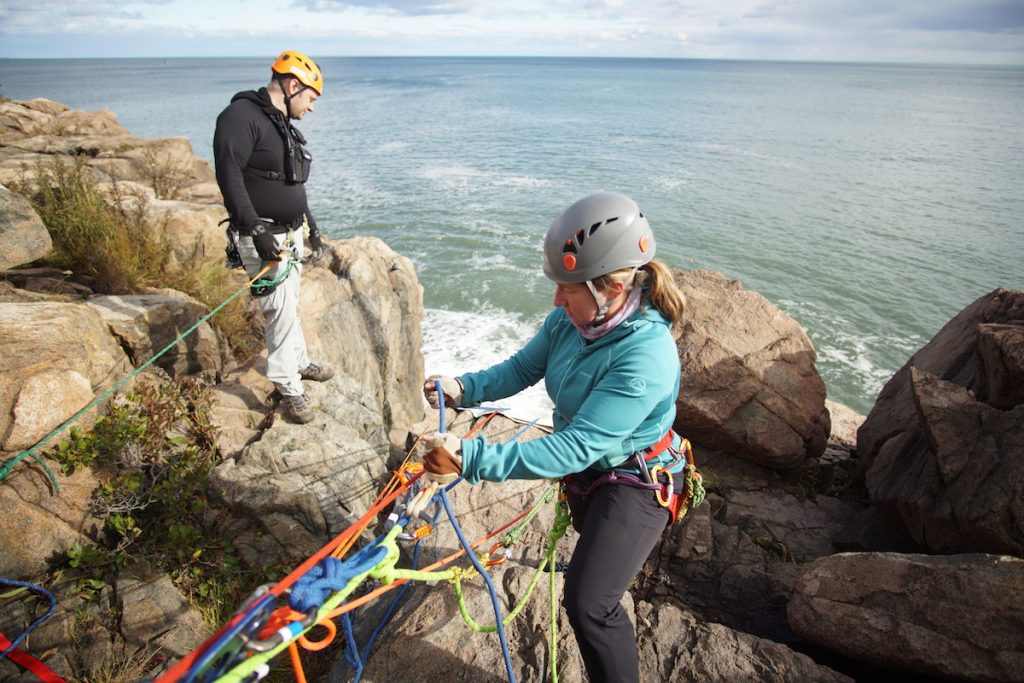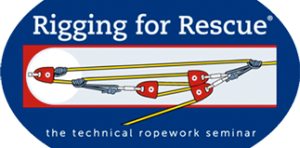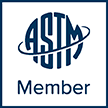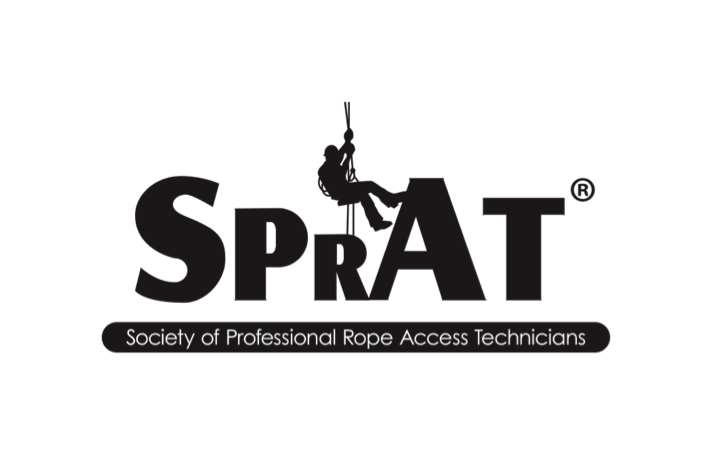ITRS 2019

We just returned from the annual International Technical Rescue Symposium (ITRS) held in Albuquerque, NM. Rigging for Rescue has been attending and presenting at this event since its infancy in 1986 (NATRS at that time). The symposium is a gathering of around 170 attendees to discuss, dissect, and debate all things rescue-related. Having personally attended every ITRS save for one over the past 18 years, I left the 2019 version feeling like it was the best I had witnessed for the past decade. There were many excellent presentations over a broad mix of topics. It was inspiring to see how much effort others are putting into both critical thinking and testing to better our collective understanding of the systems we tie into on a daily basis. Rigging for Rescue principals Mike Gibbs and Kevin Koprek both presented: VT Prusiks for Rescue Belays (Gibbs) Human Factor Considerations: Rope Systems and Device Selection (Koprek) The new research on the VT Prusik has been an ongoing project of Rigging for Rescue’s dating back to our initial testing on that device presented to ITRS in 2014. The ITRS 2019 research paper, abstract, and video clips are now viewable on our website at: https://staging4.riggingforrescue.com/vt-prusik-rescue-belays/
VT Prusik for Rescue Belays

VT Prusik for Rescue Belays – Abstract Rope rescue teams typically operate redundant two-rope systems with inclusion of a failsafe mechanism for fall arrest. Examples include the MPD, 540° Rescue Belay, Petzl I’D, and Tandem Prusiks to name a few. Teams operating in remote environments with longer ingress/egress distances often favor lighter weight, multi-purpose systems and devices as part of their overall mission profile. In 2013, Rigging for Rescue began examining the Bluewater VT Prusik (configured as a Schwabisch ‘Max over One’ hitch) as an alternative to the Tandem Prusik Belay. In 2014, this author presented at ITRS quick look tests considering a variety of Aramid fiber friction hitches and configurations. Initial results for the VT Prusik were favorable and thus additional testing was warranted. Further testing was conducted in 2017 and 2019. The purpose was to critically examine the capabilities and limitations of the VT Prusik as a device suitable for managing fall arrest on a rope rescue system while lowering or raising a 200kg mass. Since the 2014 ITRS presentation, three primary areas of inquiry include: The British Columbia Council on Technical Rescue – Belay Competence Drop Test Method (BCCTR BCDTM) Human operators using a snug top-rope while lowering Raising scenarios with a snug top-rope and human operators Additionally, tests were conducted with the tensile testing machine on drop test sample ropes and Prusiks. The laboratory style tests (i.e. BCCTR BCDTM) demonstrated favorable results that were within industry acceptable performance criteria for: Maximum arrest force Stopping distance Integrity of the device and rope system The human operated tests we conducted produced results that compared favorably to other tests we have either witnessed or been made aware of utilizing Nylon TPB (with human operators). Mechanical devices with purpose-built fail-safe mechanisms will undoubtedly prove more reliable for fall arrest versus a user-configured system such as Tandem Prusiks or the VT Prusik. However, for teams with specific mission profiles that place a high value on lightweight, multi-purpose equipment, the single VT Prusik configured as a Max over One, appears to be a superior alternative to the traditional Nylon Tandem Prusik Belay. VT PRUSIK FOR RESCUE BELAYS For more information, check out Rigging for Rescue’s video testing samples.
The International Technical Rescue Symposium
Mike and Chris just returned from another great ITRS conference. This year’s conference was held in Seattle from November 1-4. As usual the conference showcased a number of quality presentations about the latest in technical rescue research, including a presentation and key note address from the well renowned John Dill of YOSAR. Mike presented RfR’s latest research on multi-point anchor equalization. The full report and videos can be found here: http://dev.riggingforrescue.com/AnchorFavoring.html This year’s conference also included a tour of the SMC factory. The picture below show’s AERT’s Arnold Peña, a long time conference attendee, assembling a carabiner at the factory. Arnold will be attending the upcoming Rigging for Rescue seminar at Red Rock Canyon NCA




